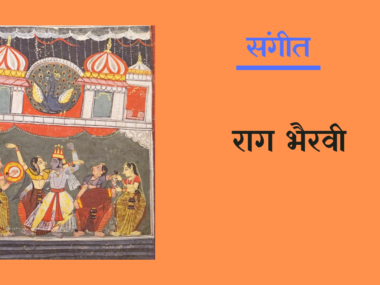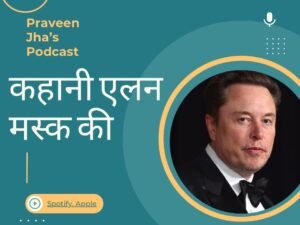Along the dusty roads of Maihar, I pay my regular visit to one of the meccas of Hindustani music- the abode of Allauddin Khan Saheb. Decades ago, the place would be bustling with musical maestros like Ravi Shankar, Nikhil Banerjee, Ali Akbar Khan, Annapurna Devi, Pannalal ghosh and the Maihar band of Allauddin Khan. But, now all I see is an empty courtyard, where Rajesh Ali Khan (son of Ali Akbar Khan) is casually flipping through an English daily. Although I barely wish to consider, but the names like ‘Annapurna’, ‘Aashish’, ‘Rajesh’, ‘Dhyanesh’ or ‘Pranesh’ are hindu names which have survived long in this family.
As I flip through a book ‘Music room’ based on Dhondutai, I realize that there had been two significant transitions in Hindustani classical music. One, of course, from the feudal-patronized gharanas to the institutionalized music. And another, from muslim dominance to a significant increase in hindu participation. This second paradigm shift is certainly worth a study from sociological point of view.
One of the pioneer musicologists Gajendra Narayan Singh in his swan-song and a bit controversial book on Aurangzeb’s passion for music, mentions the muslim orthodoxy which may be responsible for fall of mausiqi (music) in traditional muslim musician families. Even the musical giants like Abdul Karim Khan had to contend through this orthodoxy in Pune, as he recruited mostly Hindu disciples. But, this story might have begun much earlier, probably in Gwalior.
When Scindias of Gwalior virtually disowned the legacy of Haddu-Hassu Khans, a Brahmin family of Pandits patronised the muslim ustads of Gwalior. Over the generations, the knowledge transfer took place to likes of Pandits, Ichalkaranjikar, Patvardhans, Puluskars, and Buas. Once an exclusively Muslim gharana have now disseminated to Maharashtrian Brahmins. The offshoots of Gwalior what we see today is almost exclusively hindu. Kirana Gharana followed a similar trend, when after migration of Roshan Ara Begum to Pakistan, it became a hindu dominated gharana.
Similarly, the Jaipur-Atrauli Gharana have the lost familial legacy of Alladiya Khan, and the credit have rightfully been transferred to bold Hindu women like Kesarbai, Dhondhutai, Mogubai and Kishori Amonkar. Maihar, apart from Ali Akbar Khan’s lineage, has already been largely popularised by Pandit Ravishankar.
Shehnai maestro Ustad Bismillah Khan could be blamed for not adequately passing on his music to children and grand-children. In fact, one of his grand-children was caught auctioning off his Shehnai. But, his hindu disciple Bageshwari Qamar remains the only woman Shehnai player in India. Apart from them, Ballesh father-son duo are also keeping his Benares tradition alive albeit down-south in Chennai.
Patiala Gharana too have migrated mostly to Pakistan, and Bade Ghulam Ali Khan too didn’t propagate his aura to his lineage. Present leading exponents of this gharana, Pandit Ajoy and Kaushiki Chakraborty lead the band-wagon of this gharana.
In fact, thumri singing, a forte of Muslim court-singers, have been significantly dominated by Hindu singers over a generation now. Siddheshwari Dewi, Girija Devi, Channulal Mishra and Savita Devi have taken thumri to new heights.
What concerns is the apathy to music among younger generation of Muslim families. One of the prime institutions of music ITC Sangeet Research Academy has mostly disciples from hindu families, although Ustads like Shahid Parvez and Rashid Khan have been strong exponents associated with the institute.
Although we still have muslim maestros from Agra Gharana, Senia Bangash Gharana and Rampur Sahaswan Gharana, the shift of religious priorities in music is pretty obvious. One might blame the decline in appreciation of Hindustani classical music or the suboptimal financial support, but this shouldn’t give rise to the denial of mausiqi by muslim population.
In words of Ustad Bismillah Khan and Bade Ghulam Ali khan, if each family assures that at least one of the child learn music, the peace would be assured. Unfortunately, the society as a whole, and particularly the muslim families didn’t pay much heed to the advice. The bonding of Ustads and Pandits had long played a pivotal role in communal harmony, cutting across the religious borders, and an indomitable force against religious orthodoxy.
(Writer Dr. Praveen Kumar Jha is a Norway based music columnist, an author and a radiologist doctor.)








